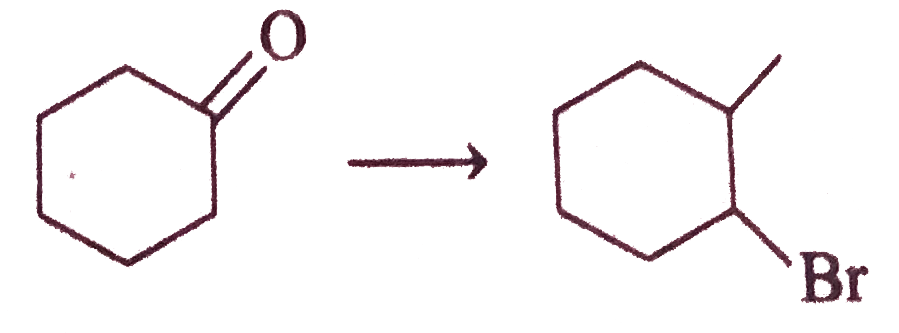On the formation of by the direct combination of Sand , which is the limiting reagent?
is formed by burning Sulphur in an atmosphere of Fluorine. Suppose 3 moles of S is allowed to react with 12 moles of Fluorine.
As per the stoichiometric reaction, one mole of reacts with 3 moles of fluorine to complete the reaction. Similarly, 3 moles of Srequires only 9 moles of fluorine.
It is understood that the limiting reagent is Sulphur and the excess reagent is Fluorine.
Topper's Solved these Questions
- SAMPLE PAPER 01 (SOLVED)BOOK - FULL MARKSCHAPTER - SAMPLE PAPER 01 (SOLVED)EXERCISE - PART-IV
10 Videos
- SAMPLE PAPER 01 (SOLVED)BOOK - FULL MARKSCHAPTER - SAMPLE PAPER 01 (SOLVED)EXERCISE - PART-II
9 Videos
- SAMPLE PAPER -4BOOK - FULL MARKSCHAPTER - SAMPLE PAPER -4EXERCISE - PART-IV
10 Videos
- SAMPLE PAPER 05BOOK - FULL MARKSCHAPTER - SAMPLE PAPER 05EXERCISE - PART-IV
10 Videos
Similar Questions
The reactant which is entirely consumed in reaction is known as limiting reagent. In the reaction 2A+4B→3C+4D, when 5 moles of A react with 6 moles of B, then
(a) which is the limiting reagent?
(b) calculate the amount of C formed?
View SolutionThe reactant which is entirely consumed in reaction is known as limiting reagent. In the reaction 2A+4B→3C+4D, when 5 moles of A react with 6 moles of B, then
(a) which is the limiting reagent?
(b) calculate the amount of C formed?
View Solution
Knowledge Check
The reactant which is entirely consumed in reaction is known as limiting reagent. In the reaction 2A+4B→3C+4D, when 5 moles of A react with 6 moles of B, then
(a) which is the limiting reagent?
(b) calculate the amount of C formed?AC, 4.5 molBB, 4.5 molCB, 3.5 molDC, 4.0 molWhich combination of reagents will bring about the following conversion?
 AMeMgBr/H⊕,H2SO4/Δ,HBr/H2O2BMeMgBr/H⊕,H2SO4/Δ,HBrCMeMgBr/H⊕,HBr/CCl4DHBr/H2O2,MeMgBr/H⊕
AMeMgBr/H⊕,H2SO4/Δ,HBr/H2O2BMeMgBr/H⊕,H2SO4/Δ,HBrCMeMgBr/H⊕,HBr/CCl4DHBr/H2O2,MeMgBr/H⊕Which combination of reagents will bring about the following conversion?
 AMeMgBr/H⊕,H2SO4/Δ,HBr/H2O2BMeMgBr/H⊕,H2SO4/Δ,HBrCMeMgBr/H⊕,HBr/CCl4DHBr/H2O2,MeMgBr/H⊕
AMeMgBr/H⊕,H2SO4/Δ,HBr/H2O2BMeMgBr/H⊕,H2SO4/Δ,HBrCMeMgBr/H⊕,HBr/CCl4DHBr/H2O2,MeMgBr/H⊕
The reactant which is entirely consumed in reaction is known as limiting reagent. In the reaction 2A+4B→3C+4D, when 5 moles of A react with 6 moles of B, then
(a) which is the limiting reagent?
(b) calculate the amount of C formed?
View SolutionAmong TeF6,SeF6 and SF6 which is more stable?
View SolutionAmong TeF6,SeF6 and SF6 which is more stable?
View SolutionMolecular Orbital Theory (MOT) || Limitations OF VBT || Main Postulates OF MOT || Formation OF Molecular Orbital (Linear combination OF Atomic Orbital) || Conditions for Combination OF Atomic Orbital
View SolutionIn which of the following combination of reagents precipitate is not formed.
View Solution
